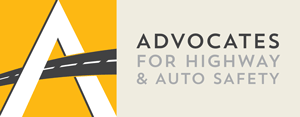FOR IMMEDIATE RELEASE: September 30, 2022
CONTACT: Allison Kennedy / akennedy@saferoads.org / 360-281-7033 (C)
Statement from Cathy Chase, President, Advocates for Highway and Auto Safety, on Pedestrian Safety Month (October 2022)
Pedestrian fatalities spiked 13 percent last year following multiyear increases. Walking should be a safe and healthy activity and mode of transportation. Congress and the U.S. Department of Transportation must act swiftly to reverse this rising risk.
October marks National Pedestrian Safety Month, a prime opportunity to focus on reducing the mounting toll of pedestrian fatalities. Since a low in 2009, the number of people killed while walking has skyrocketed by more than 78 percent. Last year alone, 7,342 pedestrians were killed. We have an emergency on our roads in desperate need of the urgent application of proven solutions.
Automatic emergency braking (AEB) that can detect and respond to pedestrians has the potential to mitigate and prevent collisions – thereby reducing injuries and saving lives. The U.S. Department of Transportation (DOT) was directed in the bipartisan infrastructure law (Infrastructure Investment and Jobs Act (IIJA), Pub. L. 117-58) to issue a final rule requiring AEB on new cars and large trucks. During the rulemaking process, the U.S. DOT must issue a rule which ensures pedestrians and other vulnerable road users (VRUs) are protected at all speeds and lighting conditions. A new report from AAA demonstrated the current insufficiencies of some AEB systems in common crash scenarios and differing speeds. The Insurance Institute for Highway Safety (IIHS) also released a new report revealing that a majority of AEB systems with pedestrian crash prevention do not perform well at nighttime. These independent evaluations underscore the necessity for a federal minimum performance standard that addresses these known issues.
The IIJA took additional steps forward for pedestrian safety which must be implemented expeditiously. Front ends of vehicles can be designed in a way that reduces the severity of collisions with VRUs. The new law directs the U.S. DOT to consider updates to hood and bumper standards; however, there’s no requirement for action. Nonetheless, the U.S. DOT has the authority to make these improvements and should do so without hesitation. Additionally, the law directs the U.S. DOT to issue a final rule updating headlamp standards. Earlier this year, the U.S. DOT permitted the use of adaptive driving beam technology but fell short of what is needed to ensure this technology achieves widespread deployment. The IIJA similarly directed the U.S. DOT to update the New Car Assessment Program (NCAP), an important consumer information tool. In June, Advocates submitted comments to the National Highway Traffic Safety Administration (NHTSA) which include measures to enhance pedestrian safety. The U.S. which led the world in creating NCAP is now embarrassingly deficient with the current program. Lastly, the IIJA included several provisions regarding a Safe System Approach (SSA) which seeks to minimize conflicts between road users and prevent fatalities. Advocates has clearly and consistently called on the U.S. DOT to use the IIJA directives as a “floor” and not a “ceiling” for what must be achieved to significantly address motor vehicle fatalities.
Pedestrians are now facing an emerging risk of experimental autonomous vehicle (AV) technology. A pedestrian, bicyclist or other VRU may choose not to get into an AV but they cannot avoid interacting with them on a growing number of public roads. Last year, the NHTSA issued a Standing General Order (SGO) requiring the reporting of crashes involving vehicles equipped with partial or fully automated driving system (ADS) technology. Earlier this summer, NHTSA released the initial batch of data collected under the SGO which reveals several incidents involving advanced driver assistance systems (ADAS) and ADS and pedestrians. We urge NHTSA to improve the SGO so that comprehensive and robust information is made available for the public to fully understand the development of the technology and the extent of the dangers they face.
This Pedestrian Safety Month, Advocates calls upon our nation’s leaders to advance countermeasures available to make all pedestrians’ journeys safer. It is unacceptable to slow-walk or side-step proven solutions that will save lives now.
Advocates for Highway and Auto Safety is an alliance of consumer, medical, public health, law enforcement, and safety groups and insurance companies and agents working together to improve road safety in the U.S. Advocates’ mission is the adoption of federal and state laws, policies and programs that prevent motor vehicle crashes, save lives, reduce injuries, and contain costs.
###

